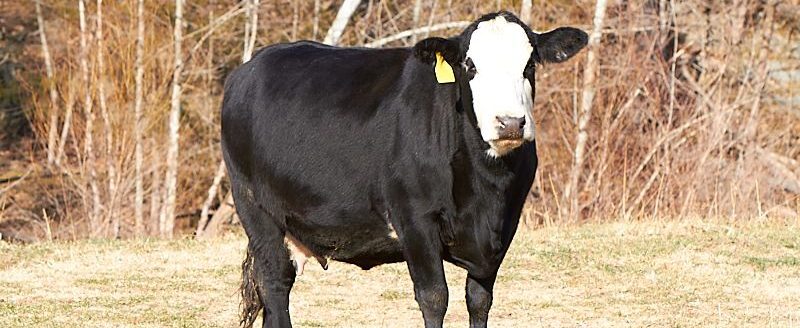Replacement heifers are one of the most important groups we can manage in the cowherd; therefore, managing our heifers from weaning to breeding will be a very important time for developing females that remain in the herd for years to come.
Weaning can be a time to identify replacement heifer candidates that may potentially join the herd. This is a time that allows you to look back through your production records and start identifying traits that meet your production goals, evaluating heifer age, and determining what your development strategies will be to ensure successful development of your heifers.
Age
Research has shown that heifers who calve in the first 21 days of the calving season had increased longevity compared to heifers calving in the two subsequent calving groups (8.2 vs. 7.6 vs. 7.2 years, respectively). These heifers produced calves that had significantly heavier weaning weights over their first six calves, resulting in weaning an extra calf over their lifetime. Therefore, focusing on developing and selecting heifers that are bred earlier can provide an economic advantage for producers.
Genetics
When it comes to genetics, what are your production goals and how can you select traits to meet those goals. The genetic makeup of herds in the U.S. has changed significantly, and heifers are reaching puberty at younger ages and at a lower percentage of their mature body weight. Over time, we have also seen the trend of increasing mature cow weight for larger yearling weights. However, increasing cow weight has not delayed puberty, thus resulting in heifers being bred as yearlings and calving as 2-year old cows. Some other traits we can consider include milking ability, udder quality, calving ease and disposition. On the bull side, scrotal circumference moderately correlates with age at puberty in heifers. As average scrotal size increases, age at puberty decreases in the heifer. Therefore, if we know information on our herd sires, then we can make more informed decisions based on data.
Phenotype
Heifers should be selected on structural soundness, be in good health and have good growth potential. Generally, evaluating your production records are helpful in determining growth potential and identifying the calves that are from above average producing cows.
Development considerations
Traditional recommendations suggest heifers should be managed to attain 65% of their mature body weight at breeding to maximize pregnancy rate. However, multiple studies across differing environments have proven that heifers developed at lighter target body weights (50% to 57%) at breeding reduced development costs while not impairing reproductive performance. Heifers in these systems are often developed in low-input, forage-based systems or on a reduced gain followed by a period of compensatory growth or increased gain in the period leading up to the breeding season.
More considerations on heifer development and long-term impacts on profitability can be found in the past BeefWatch article Heifer Development and Long-term Profitability.
Ultimately, heifers are future improvements to the cowherd and significant emphasis is placed on selection and development of heifers prior to the start of their first breeding season.
For further information regarding heifer development systems, see the Heifer Nutrition and Management page at beef.unl.edu.



